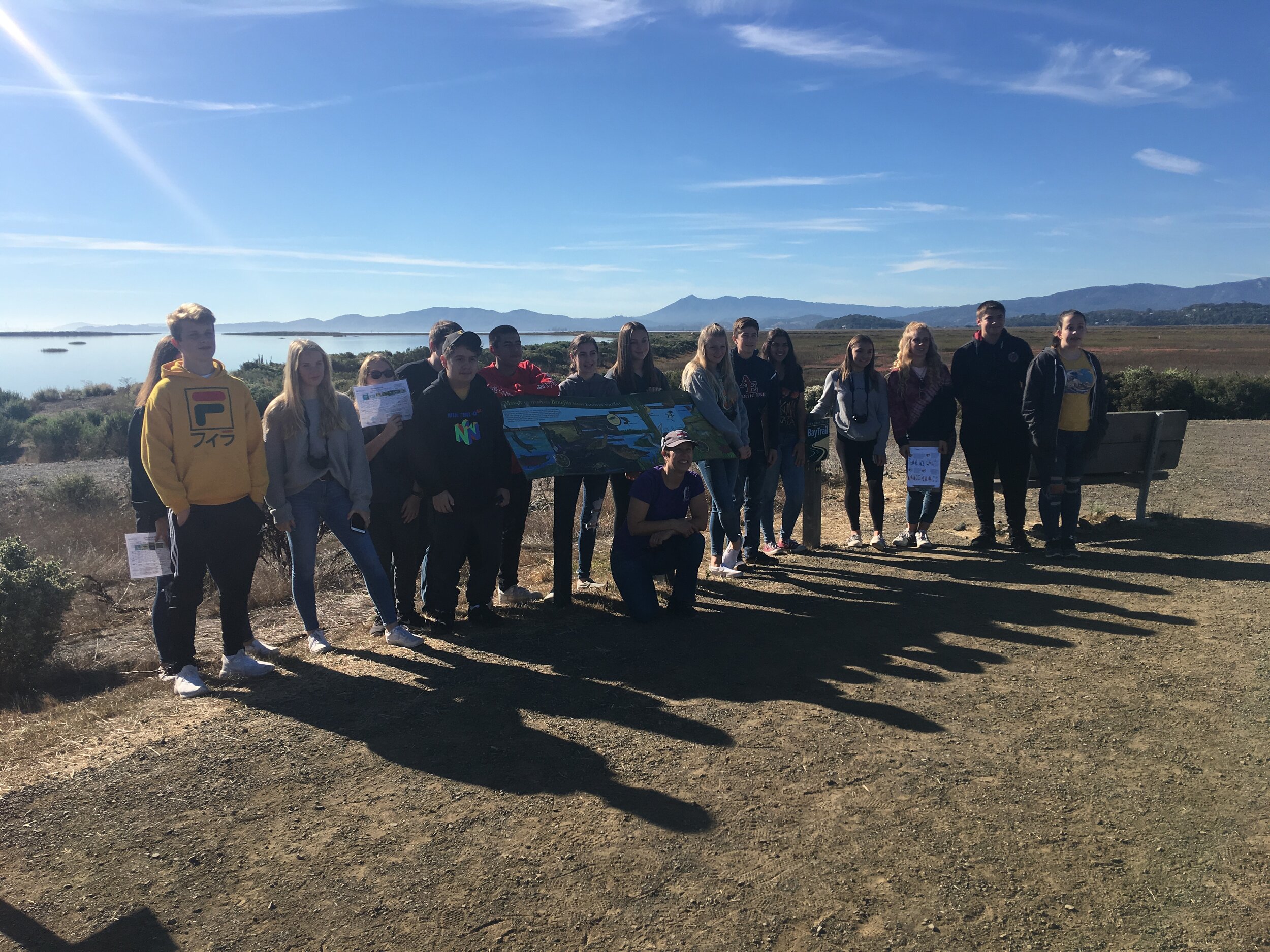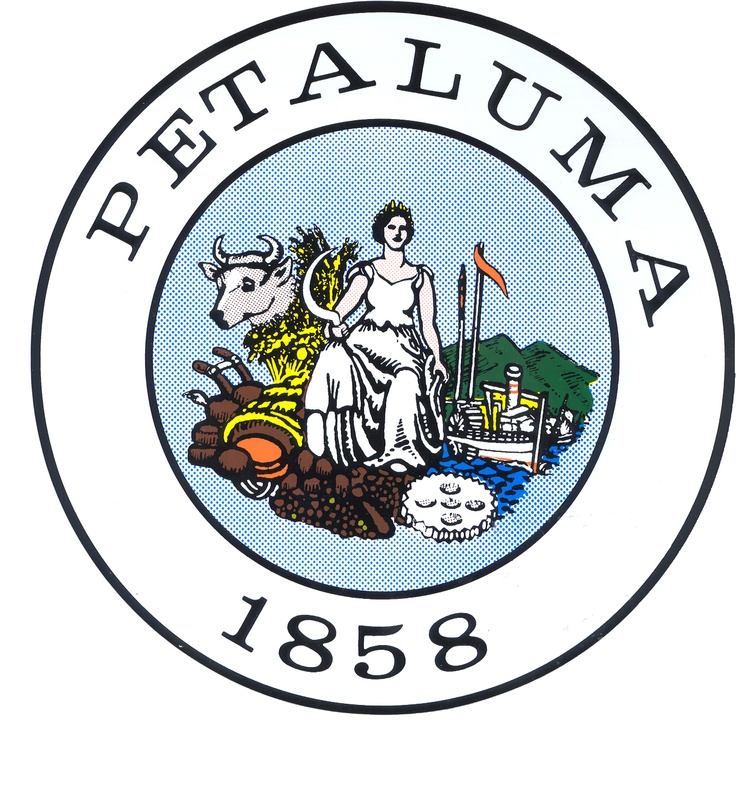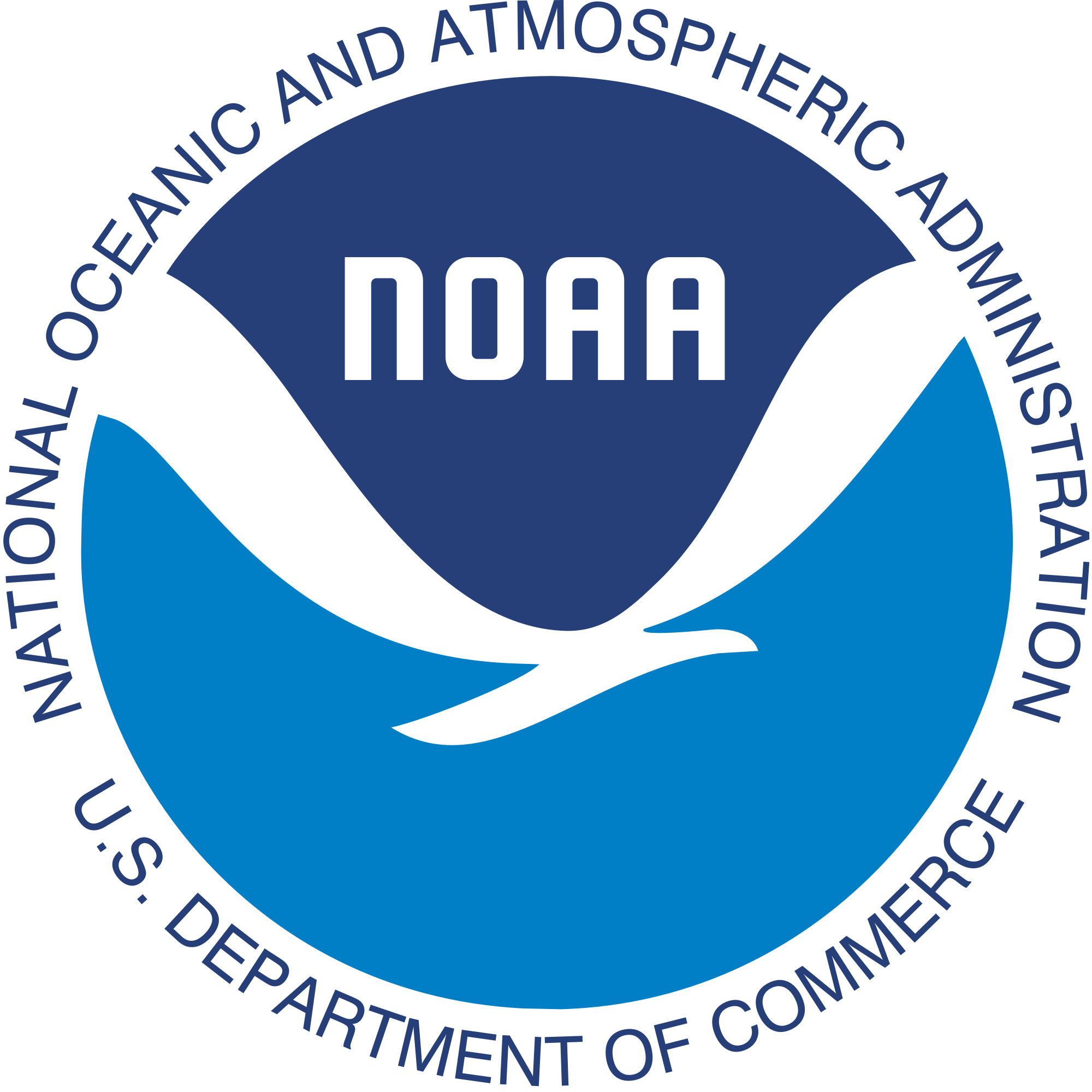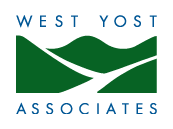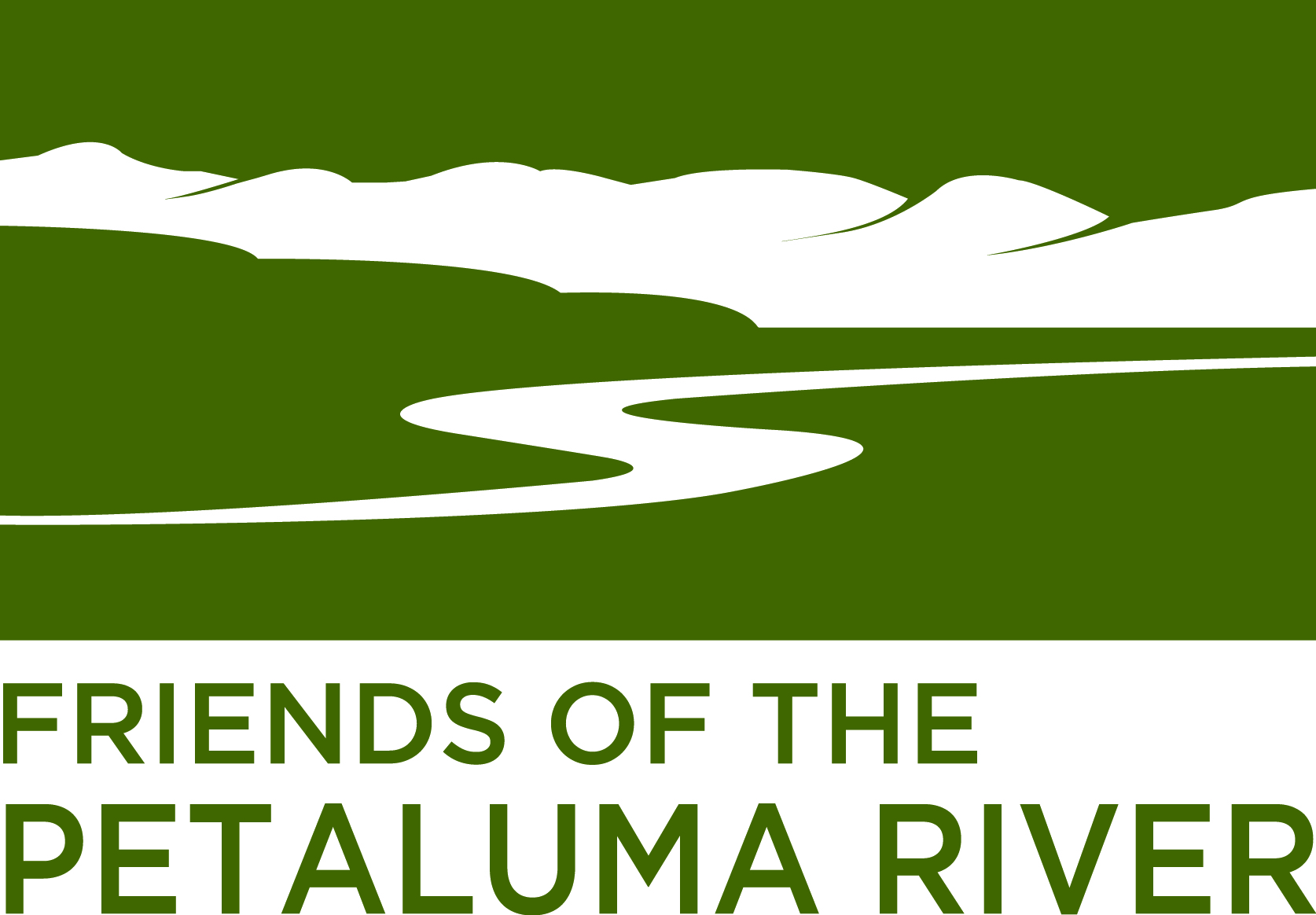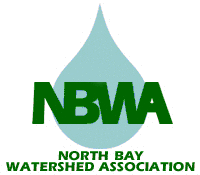Friends of the Petaluma River's Professional Development Workshop
/Our recent Professional Development workshop was so enjoyable, not only due to the great presenters, but because of the teachers’ participation, collaboration and discussions. The two-day workshop began with Neal Ramus's introduction to Sonoma Land Trust and their restoration of the San Pablo wetlands. He also discussed the importance of wetlands in light of climate change and sea level rise. As Director of Community Programs at Sonoma Land Trust, Neal is excited for Sonoma educators to bring field trips out to explore, investigate and learn more about the wetlands and the restoration process.
Read More